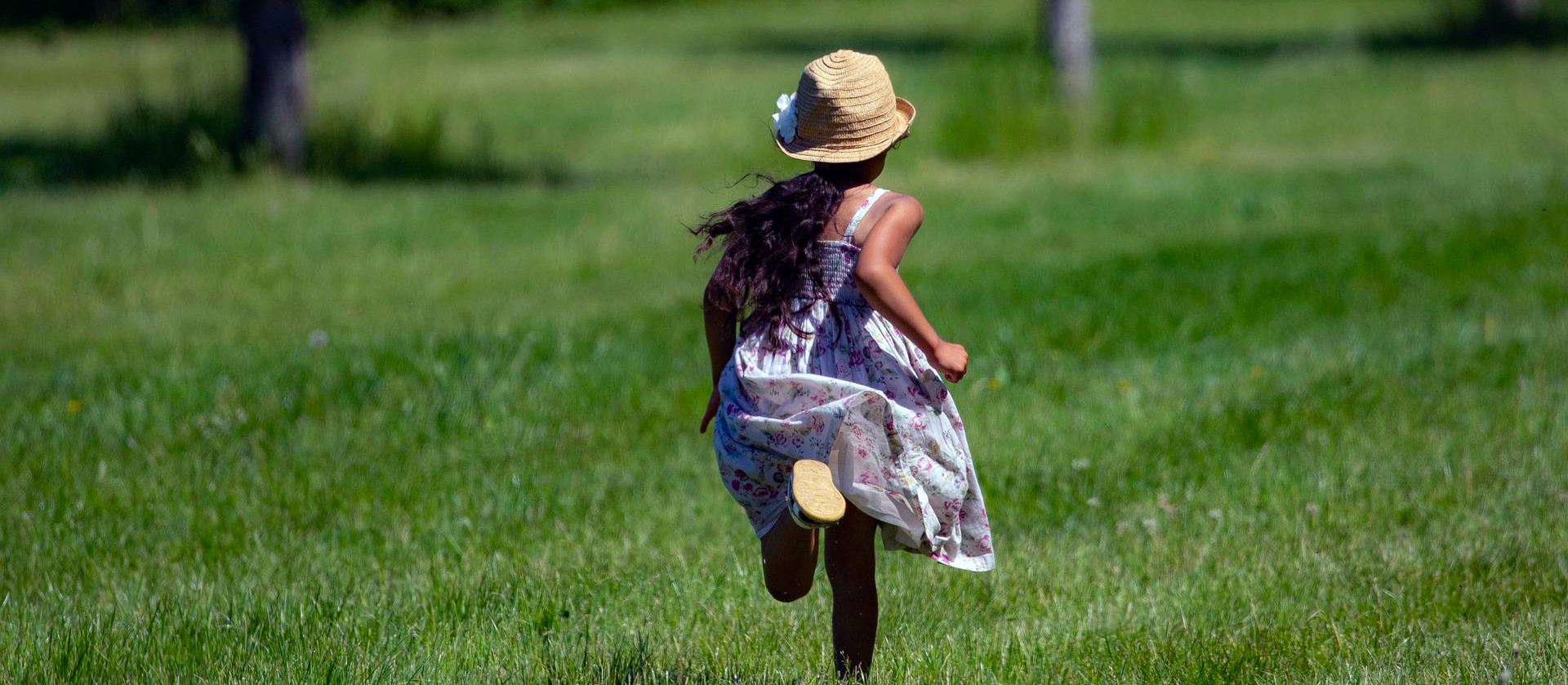whatever’s bugging you.
One single, solitary call is all it takes to get rid of solitary wasps.
Solitary wasp is a name given to wasps that do not live in hives or colonies. There may be many solitary wasps in a given area, but they will each have an individual nest, usually in the ground.
There are primarily two types of solitary wasps: thread-waisted wasps (Sphecidae spp.) and digger wasps (Crabronidae spp.).
Because solitary wasps are beneficial predatory insects and have a docile nature, they should be tolerated as much as possible. However, when solitary wasp nests are located near people, especially children’s play areas, or cause other concerns, Adam’s has a solution.
Adam’s Gets Rid of Solitary Wasps Fast!
Fast, Local Response
Competitive Pricing
Friendly Service
Licensed Professionals
100% Satisfaction
Solitary Wasps Treatment Options
One-time Perimeter Stinging Insects
Adam’s licensed pest management professionals have the training and equipment to safely kill nuisance wasp, hornet, and yellow jacket nests up to 25’ in height in or around structures that pose a threat to people. We apply a proven insecticide directly into the nests and also into holes, cracks, and gaps where an active nest may be hiding. Adam’s treats up to 5 nests for the same low price. Adam’s guarantees that no new activity will be present in any treated nest for 3 months.
Premier Perimeter Stinging Insects
Need to prevent more pests than just stinging insects? Adam’s Premier Perimeter Program includes a minimum of 3 preventive barrier treatments around the exterior perimeter of your home for year-round prevention of common household bugs, including insects, spiders, boxelder bugs, and wasp nests. Your Pest Management Professional inspects for pests, and then applies a season-specific, non-repellent, residual material to control common household pests before they can get inside. The service comes with a 12-month guarantee for all existing and new wasp nests.
Premier Home Pest Prevention
Adam’s best value for prevention and control of common household pests, including stinging insects like wasps, hornets, and yellow jackets! Adam’s Premier Home Pest Prevention service provides year-round prevention of pests with a minimum of four visits throughout the year. Service visits focus on the exterior of your home, where most pest problems originate. And should a pest problem ever occur between scheduled visits, the plan includes additional treatments at no additional charge. This program includes common household pests like spiders, centipedes, and roaches and seasonal pests like multicolored Asian lady beetles, ants, and mice, as well as wasps, hornets, and yellow jackets.
More About Solitary Wasps
HOW DO I RECOGNIZE A SOLITARY WASP INFESTATION?
- Thread-waisted wasps and digger wasps are commonly seen in summer.
- Most solitary wasp nests are found in the ground. However, some solitary wasps nest in cavities or build nests made of mud.
- While there may be many solitary wasp nests in a small area, each wasp has its own nest. If you look closely, you will notice that solitary wasps rarely interact with each other, while hive-dwelling wasps will touch antennae, communicate, and interact with other wasps.
WHAT DO SOLITARY WASPS LOOK LIKE?
Thread-waisted wasps:
- Long, skinny “petiole” followed by a long, skinny abdomen
- About 1” in length
- Coloring varies by species, but typically a black body with bands or areas of red, yellow, and/or white on the body and legs; or iridescent black or purple.
- Smooth, shiny bodies
Digger wasps:
- Usually black and yellow with striped abdomens
- Can be mistaken for yellow jackets
- Vary in size from less than ¾” to 1” in length
- Abdomen attached to thorax by a very short petiole
ARE SOLITARY WASPS DANGEROUS?
- Despite their menacing appearance, solitary wasps are generally not aggressive toward people and there is little risk of being stung.
- Males do not have stingers, but they might fly toward your face to frighten you away from their nests.
- Solitary wasps do not defend their nests and will avoid people whenever possible.
- However, female solitary wasps can sting to protect themselves if they are threatened or physically handled.
WHAT DO SOLITARY WASPS EAT?
- Adult solitary wasps feed on nectar.
- Many species of solitary wasp hunt invertebrates – like spiders, flies, and other insects – that they bring back to the nest for their larvae to feed on.
- Each species of solitary wasps specializes in hunting a particular prey.
WHY ARE SOLITARY WASPS IN MY YARD?
- Ground nesting wasps prefer to dig in areas of dry soil. If their nest building is a problem, run a sprinkler where they are trying to nest. You may have to repeat watering until they find another location.
- Nest-building solitary wasps require soil and water to make mud, and a protected surface on which to build.
- There also needs to be a food source nearby.
WHAT IS THE LIFE CYCLE OF SOLITARY WASPS?
- Like all wasps, solitary wasps have complete metamorphosis: egg, larva, pupa, and adult.
- A female solitary wasp mates and prepares a nest containing or more cells.
- She lays an egg in each cell and provides an insect or spider that has been stung and paralyzed.
- The wasp eggs hatch and the larvae consume the supplied prey.
- After pupation, the new adults emerge.
- The males die and the females go on to restart the cycle.
- Most solitary wasps overwinter as larvae or pupae.

